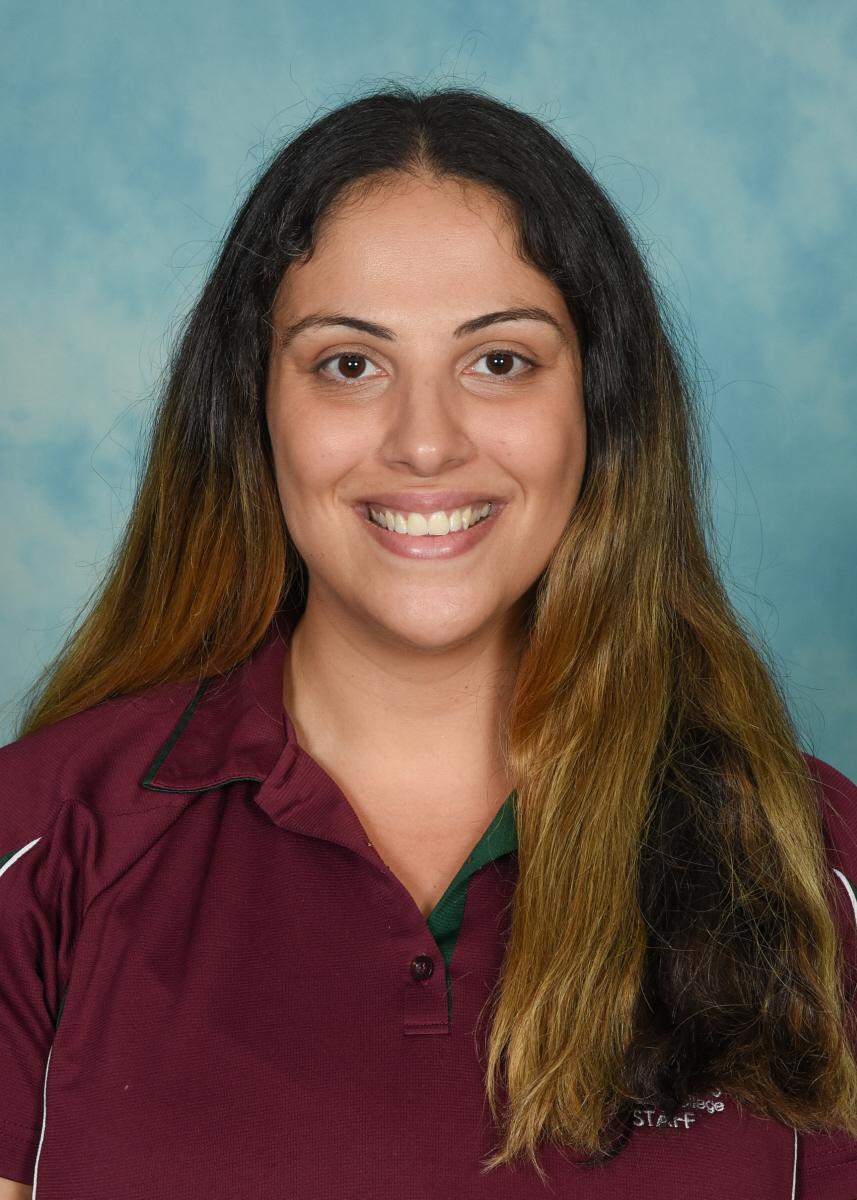Tech Learning &Innovation

Jessica Hallal
Leader of Tech Learning & Innovation
As we move into the holidays, we are still limited to where we can go and what we can do and Covid has definitely thrown us closer to digital experiences than ever before. Just like we might experience a steady increase in Social Media scrolling, Netflix films or purchasing that added subscription to Disney + , there is unfortunately also an increase in those using the internet for more sinister reasons.
The Australian 24-Hour Movement Guidelines provide the following recommendations for leisure screen time for children:
- Birth to 2 years - No screen time at all
- 2 to 5 years - Max 1 hour per day of “high-quality” programming
- 5 to 17 years - Max 2 hours per day
It’s important to note that the guidelines are as much about the benefits of physical activity, social interaction and sleep as they are about the risks of screen time per se. The American Academy of Paediatrics make the following important point for parents who may be concerned that by following these guidelines their child may be missing out on the opportunity to master the digital tools that will be everywhere in their adult life: do not feel pressured to introduce technology early; interfaces are so intuitive that children will figure them out quickly once they start using them at home or in school (Learning Connection, 2020).
7 tips for getting the screen time balance right
1. Prioritise exercise and play
Don’t let screens displace sleep, exercise, play, reading aloud, and social interactions. Aim for regular "green time" - spending time in nature - which is highly beneficial for children's well being, attention and ability to focus.
2. No screens during meals and for 1 hour before bedtime
You could also consider creating unplugged spaces in the home, where devices should not be take (ie. like the childs bedroom).
3. Quality matters
Seek out high quality programming such as ABC kids or National Geographic. There are organisations that can help you to review content suitability, such as www.commonsensemedia.org
4. Shared use
For children under 2 in particular, shared use between a parent and a child promotes enhanced learning and greater interaction. Actively engage in the co-viewing.
5. Encourage young children to switch the device off themselves
This one, from Kristy Goodwin, gives the child a sense of control. We recently hosted a webinar with Dr Kristy Goodwin, you can access the recording of the webinar and resources Dr Kristy mentioned in the webinar here:
https://programs.drkristygoodwin.com/smarys_cairns/
6. Try audio books as an alternative
Audio books provide a good alternative to screens. Audio books develop a child’s ability to visualise, which is a vital skill for higher level learning. Have the child listen through speakers rather than headphones – this develops “spatial listening” which is how we listen every day, especially in the classroom.
7. Develop a Family Media Use Plan
Design a tailored media plan for your family and include your children in the process.
The American Academy of Paediatrics have created a great planning tool for this purpose - available here: https://www.healthychildren.org/English/media/Pages/default.aspx
At the beginning of Term 4 the new Tech Talk link will be made available via the parent portal. This will be a hub of resources for parents to access important information and advice regarding their child's Digital Footprint.
Recommended Further reading
https://www1.health.gov.au/internet/main/publishing.nsf/Content/health-24-hours-phys-act-guidelines
https://pediatrics.aappublications.org/content/138/5/e20162591
https://www1.health.gov.au/internet/publications/publishing.nsf/Content/gug-indig-hb~inactivitiy
We recommend Kristy Goodwin’s excellent book - ‘Raising your child in a digital world’ - https://drkristygoodwin.com/book/

